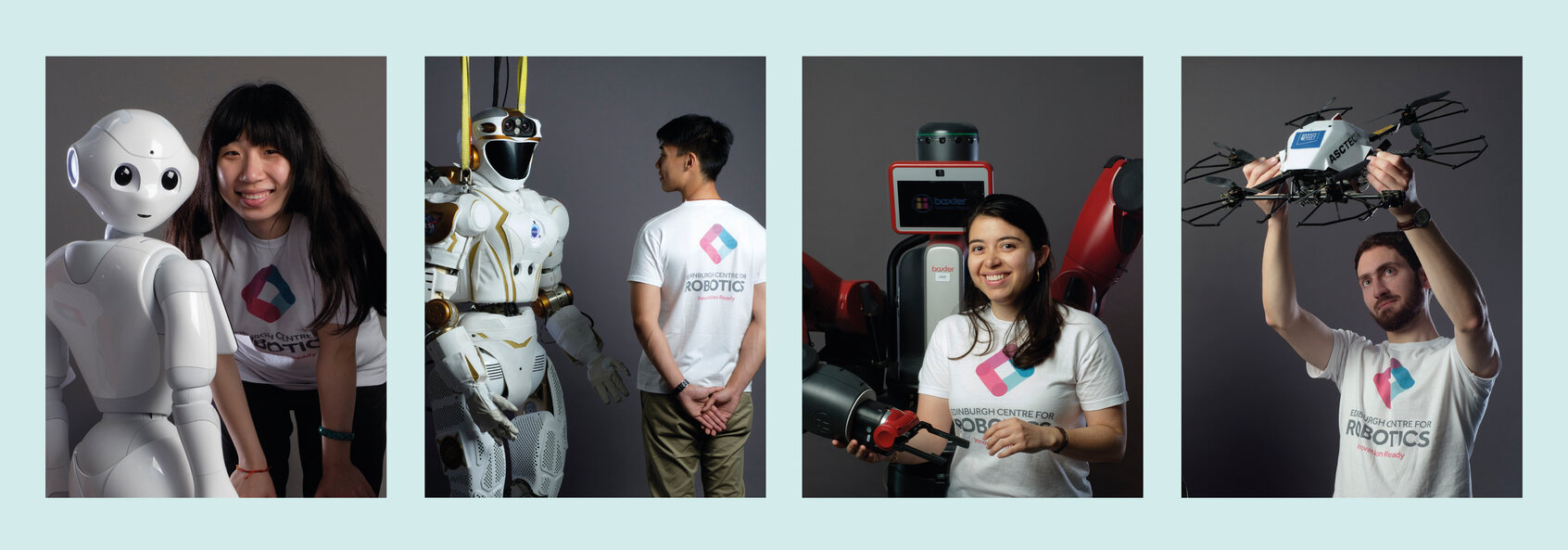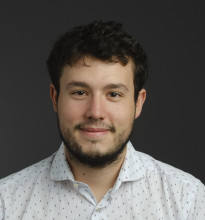Pierre Nicolay
Control of AUVs is a difficult task mainly due to the non-linearity of the dynamics in the underwater domain. Classic control approaches, such as PIDs or sliding mode controller, usually operate at a low speed and require a lot of expert knowledge to tune the different parameters. The parameters usually work for one specific configuration of a robot and tuning is necessary every time the robot configuration changes.
To overcome those limitations, this research will look at learning-based methods and will try to combine them with classic control methods. The learning-based methods allow using data collected during robot operation to improve the controller. Combining those methods with classic control approaches allow us to speed up the learning process as most of the recent learning methods require a lot of data and learning time.


